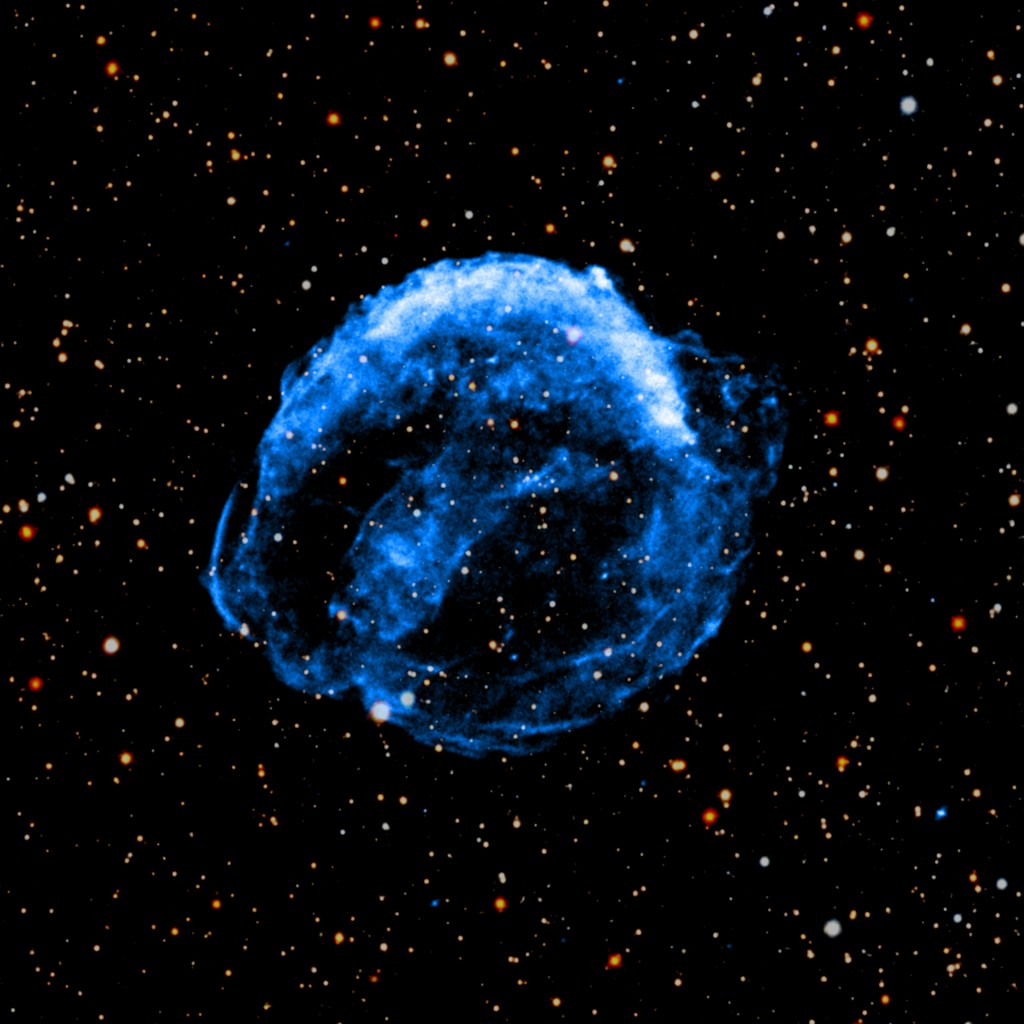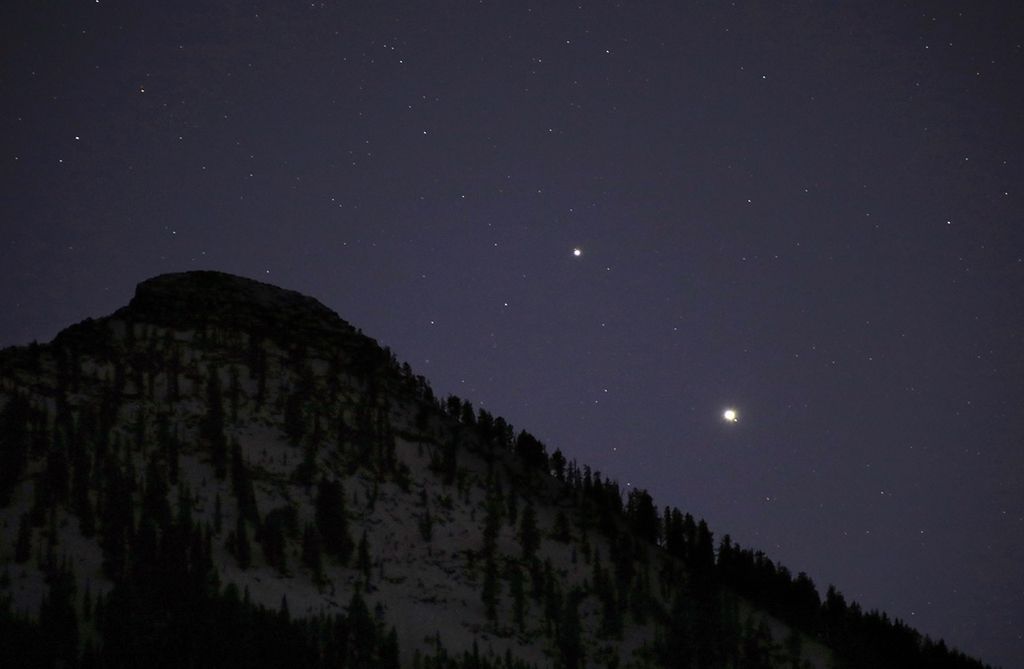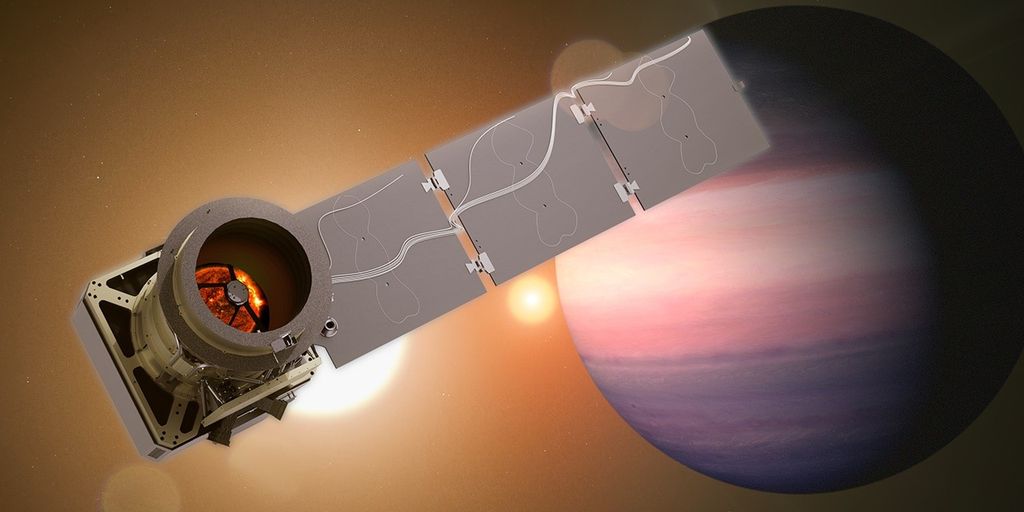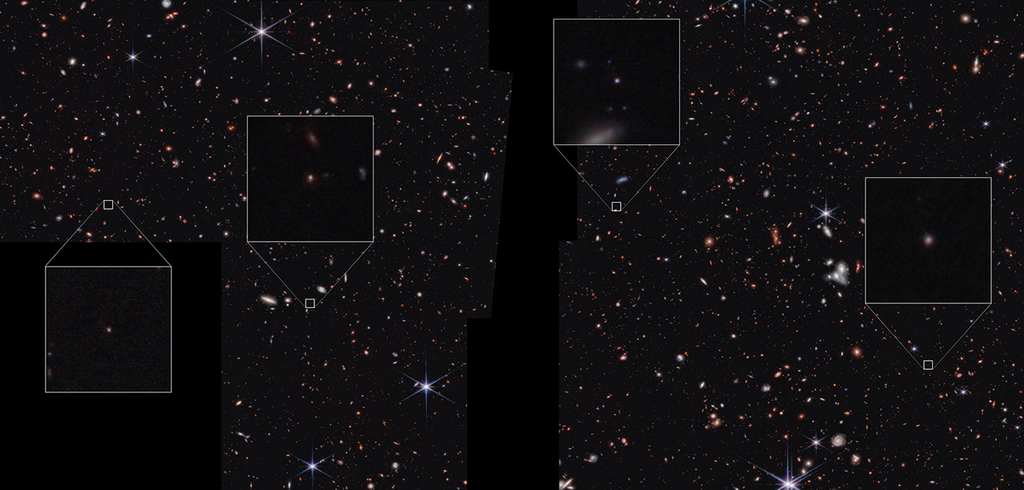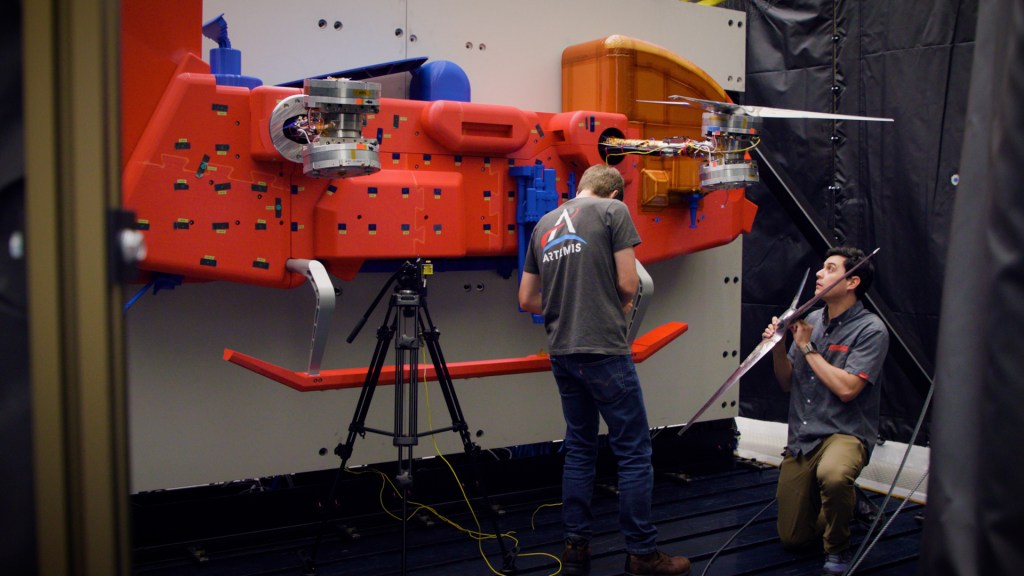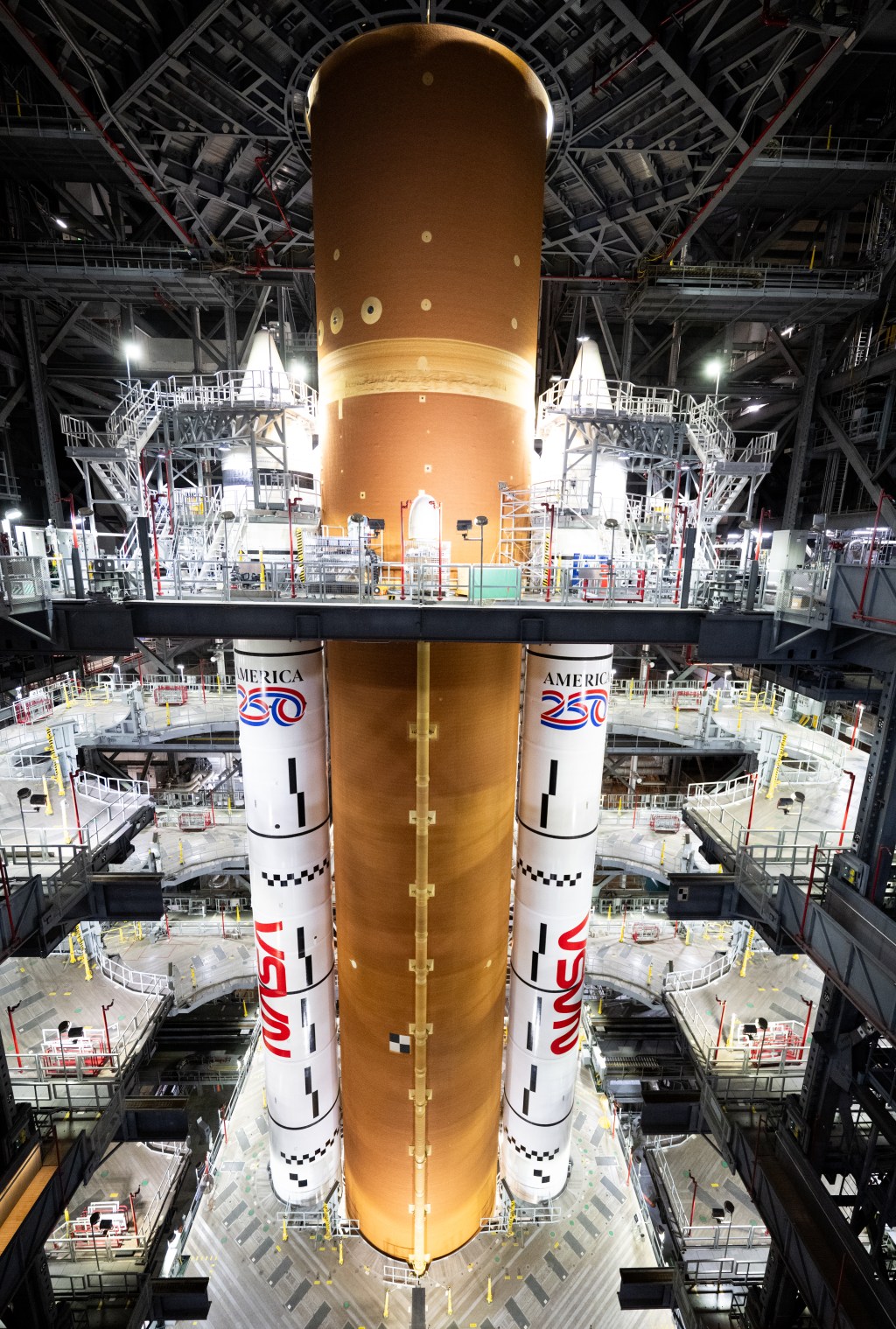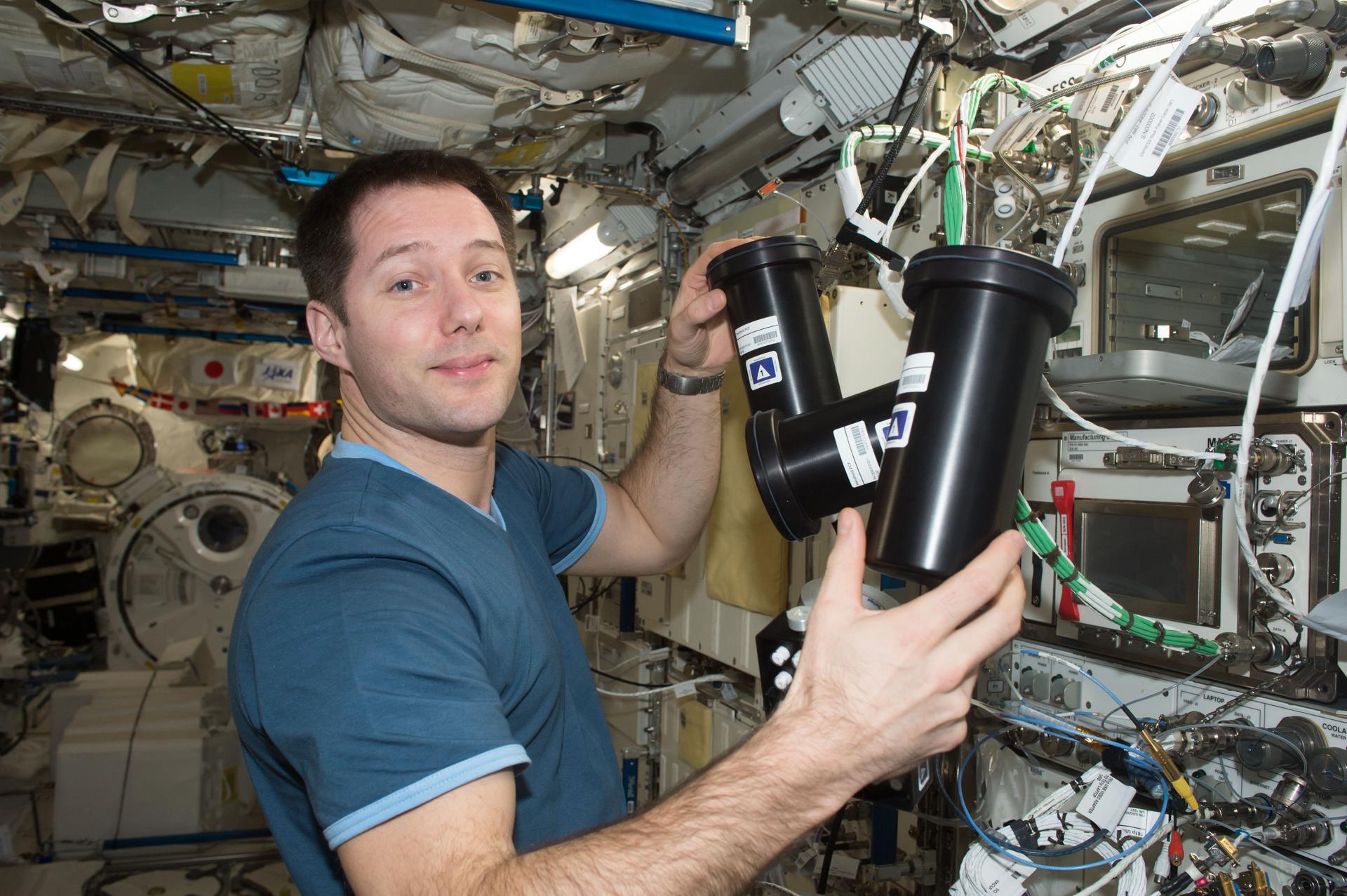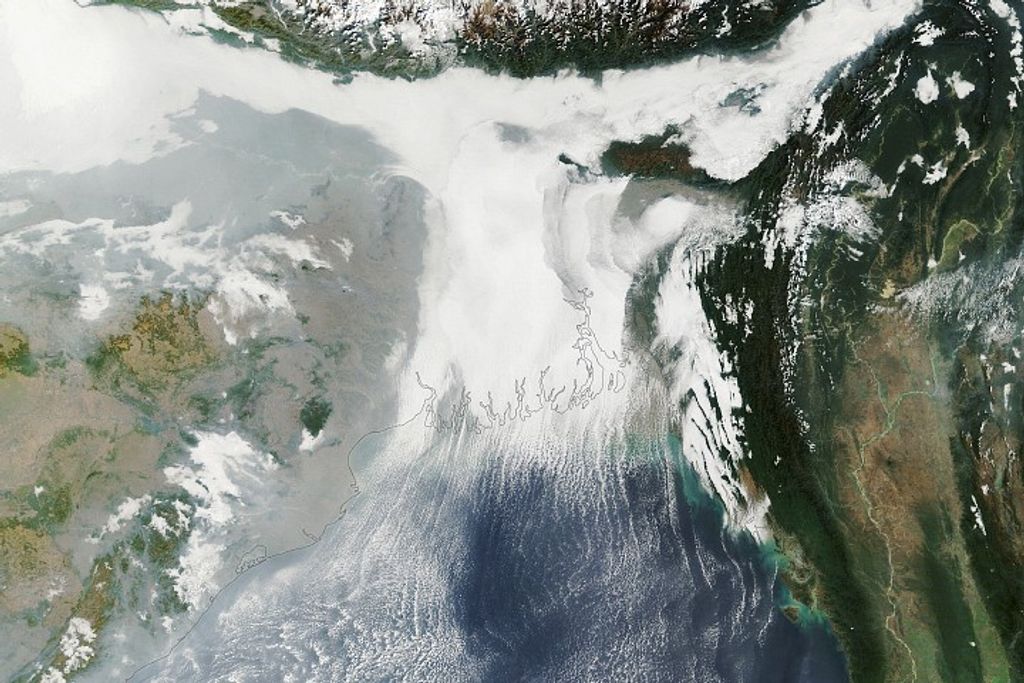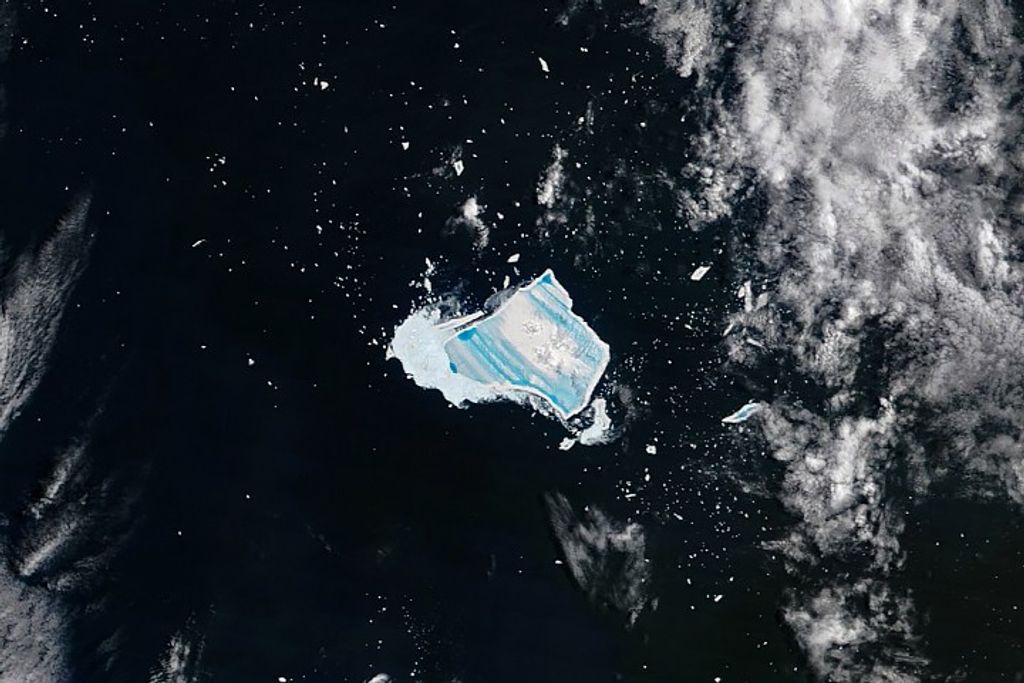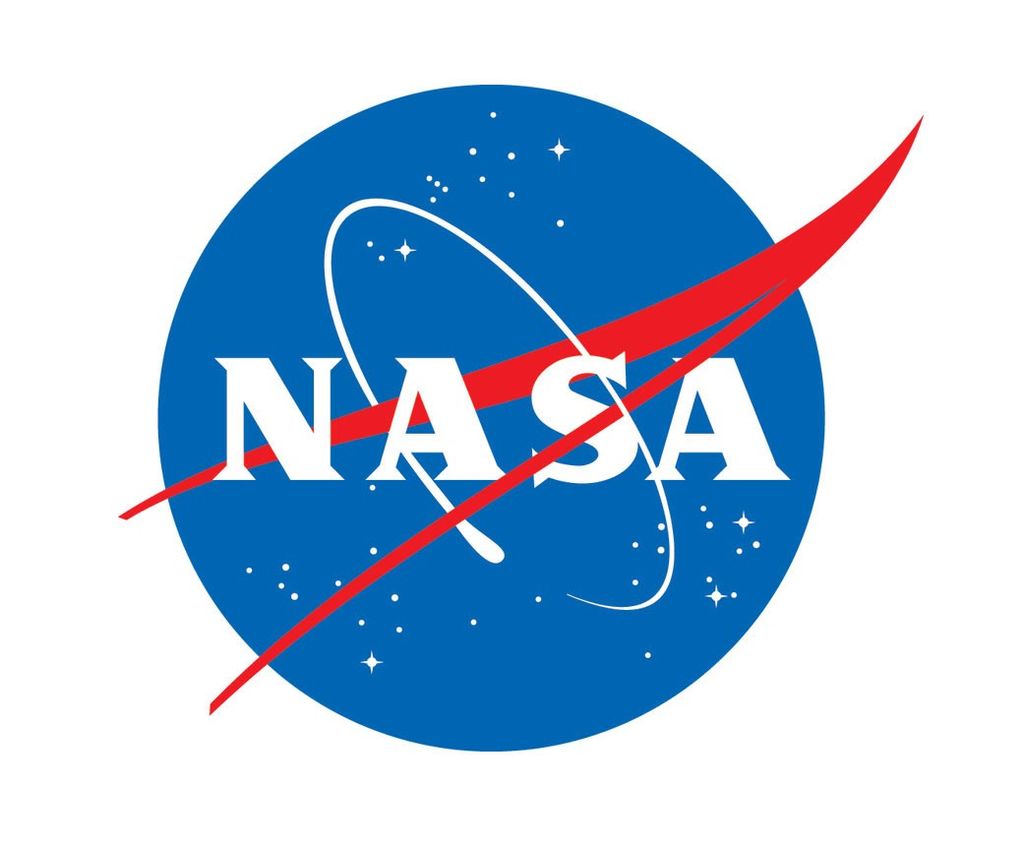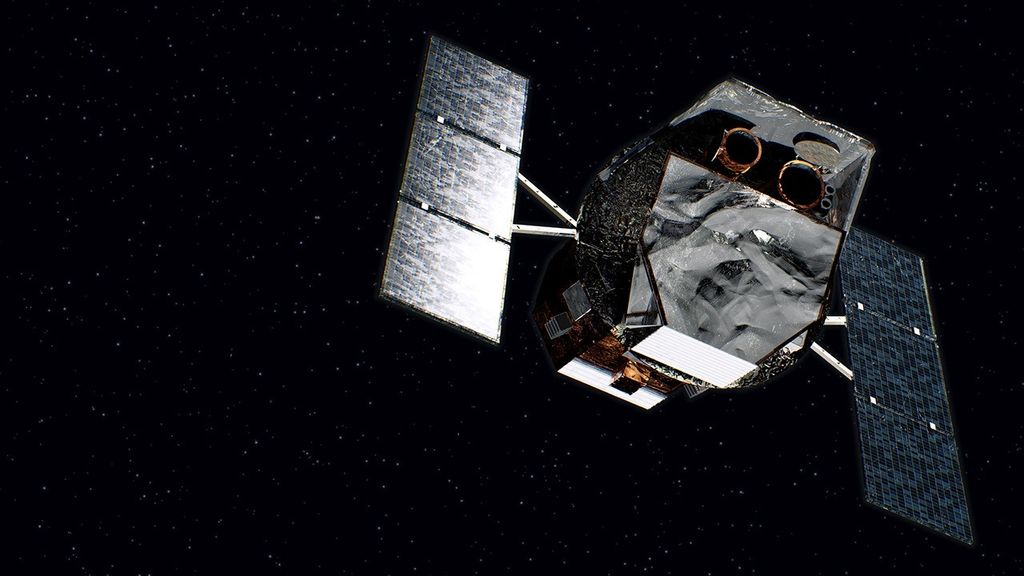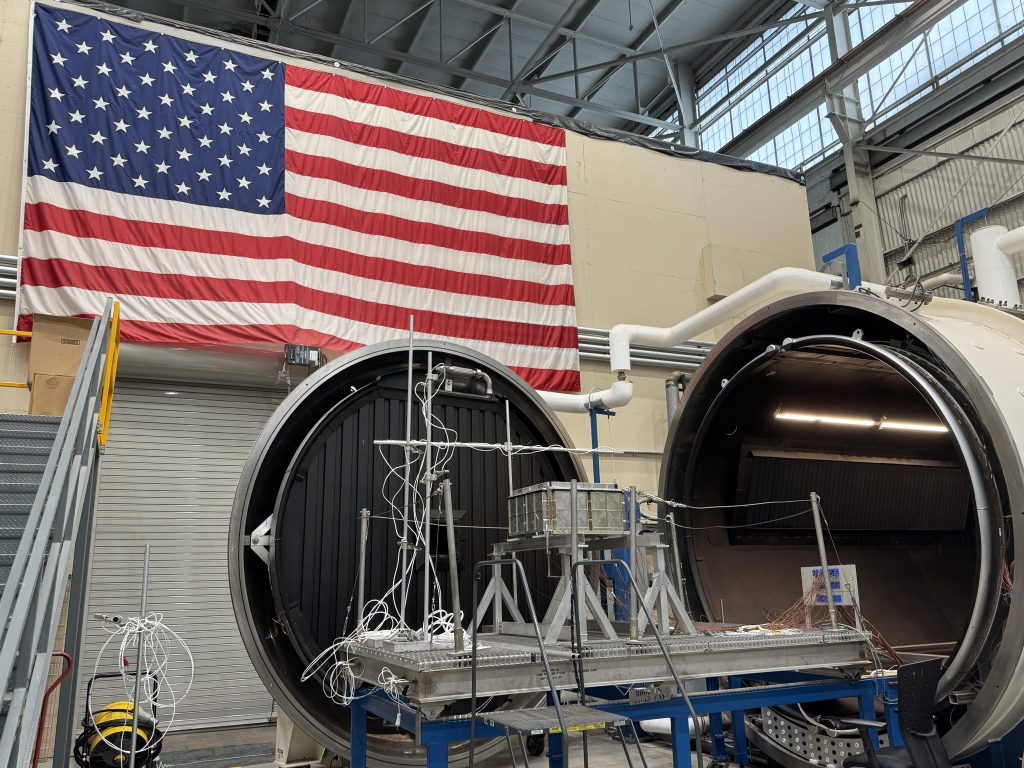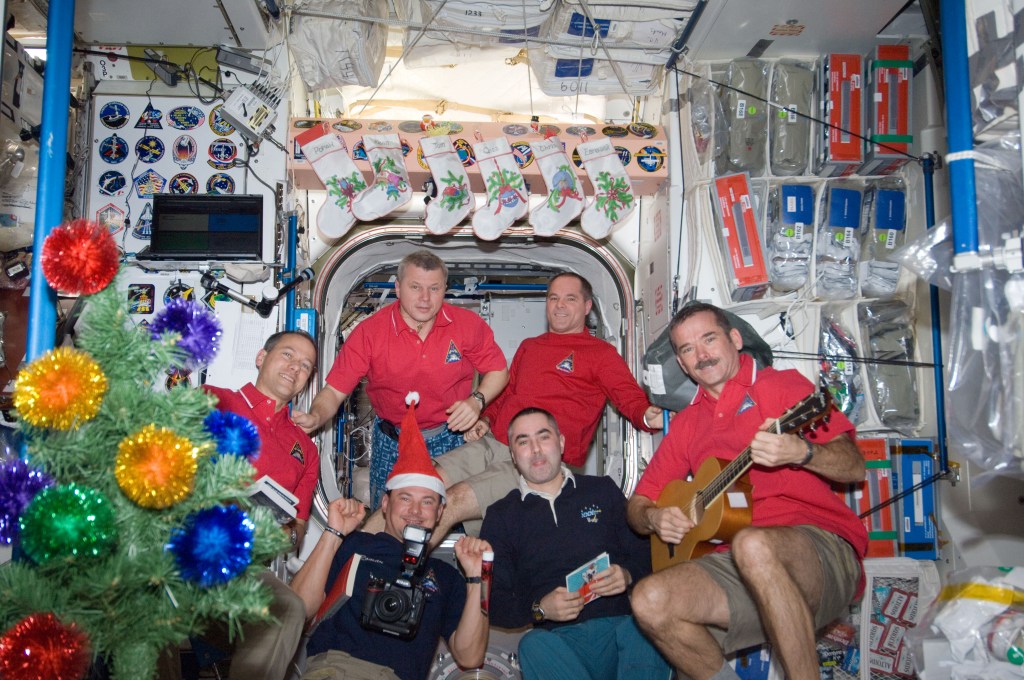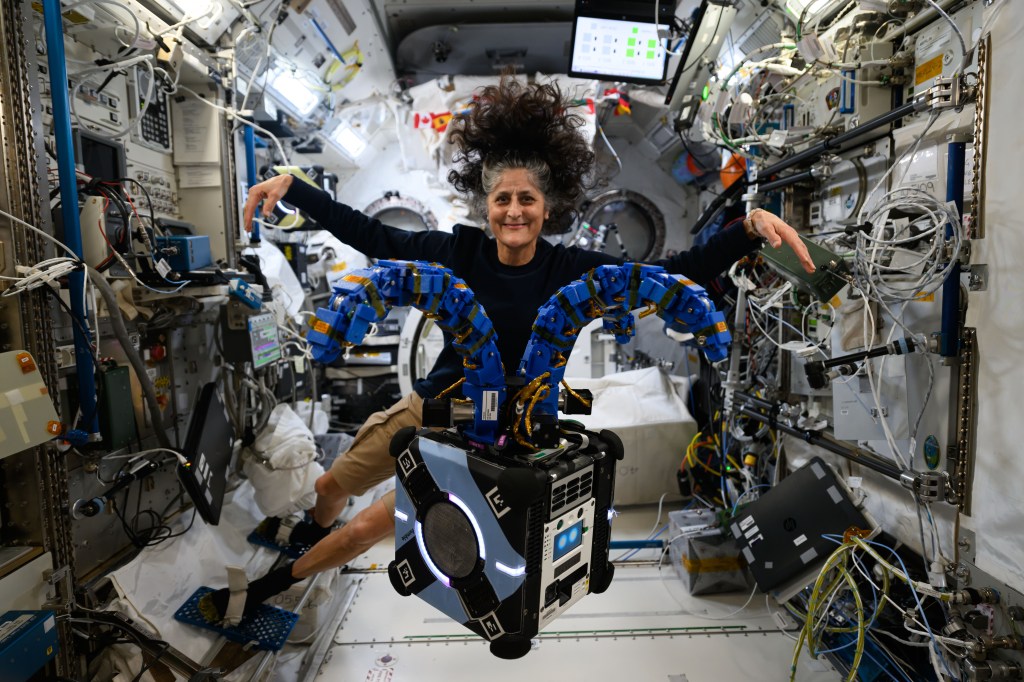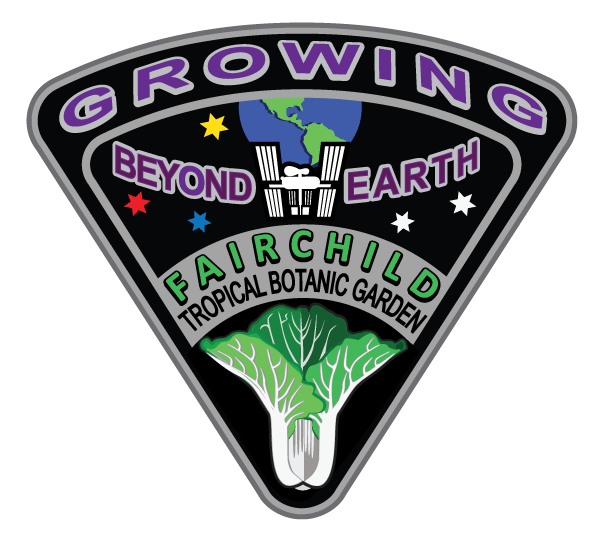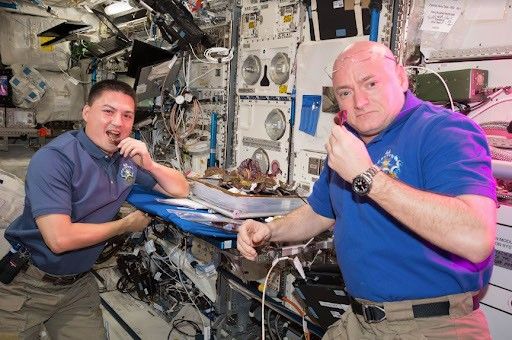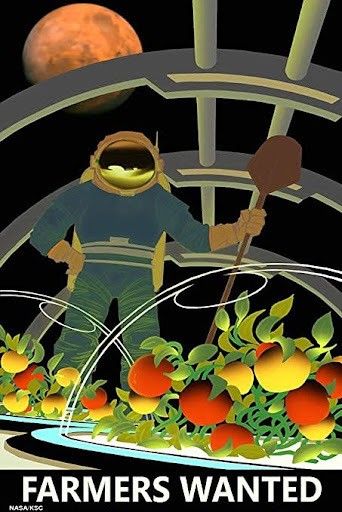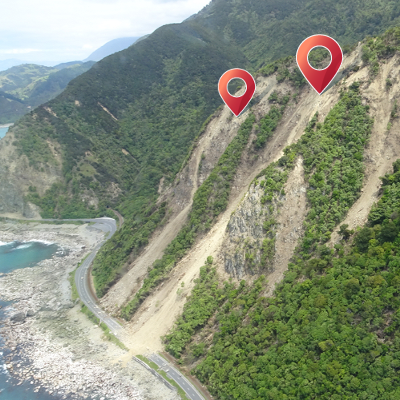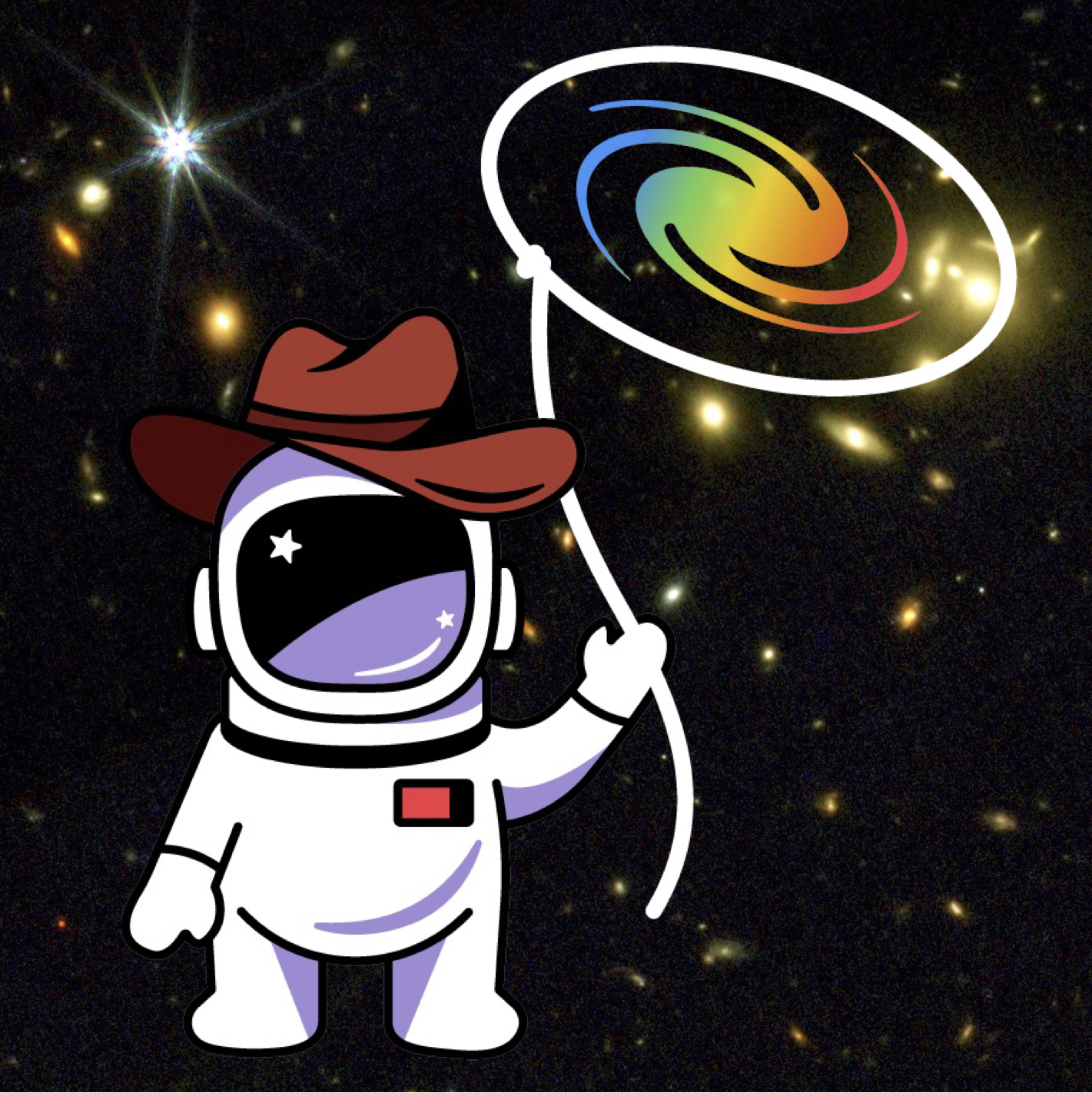Growing Beyond Earth®
A partnership between Fairchild Tropical Botanic Garden and NASA
To travel or live in space, humans will need to eat! Growing Beyond Earth® (GBE) partners with classrooms around the country to help figure out which plants to grow in space and how best to grow them to feed astronauts. Participating classrooms conduct growth experiments with candidate plant seeds in a growth chamber that mimics the one used on the International Space Station. The data these classrooms report back to Fairchild Tropical Botanical Garden are used to select seed cultivars and establish care guidelines for further testing en route to feeding astronauts on extended missions.
Growing Beyond Earth resources are available in English and Spanish.
project task
Collecting data with special equipment
division
Biological and Physical Sciences
where & When
Classroom
launched
2015
What you’ll do
- Grow candidate food crops in your classroom in a growth box that mimics the Vegetable Production System (Veggie) on the International Space Station.
- Complete a scientist-designed seed and care experiment and report results.
- Design and conduct an original experiment and present results to NASA personnel during a Virtual Student Research Symposium.
Requirements
- Time: Initial training; Minutes per day for months
- Equipment: Project provides growth chamber, seeds, etc. Annual replenishment packages available.
- Knowledge: Training is required and provided free to teachers.
Get started!
- Middle and high school teachers in US, sign up for a professional development training!
- Visit the project website to learn more about what’s involved and sign up for information and trainings.
- Trainings are offered regularly throughout the year.
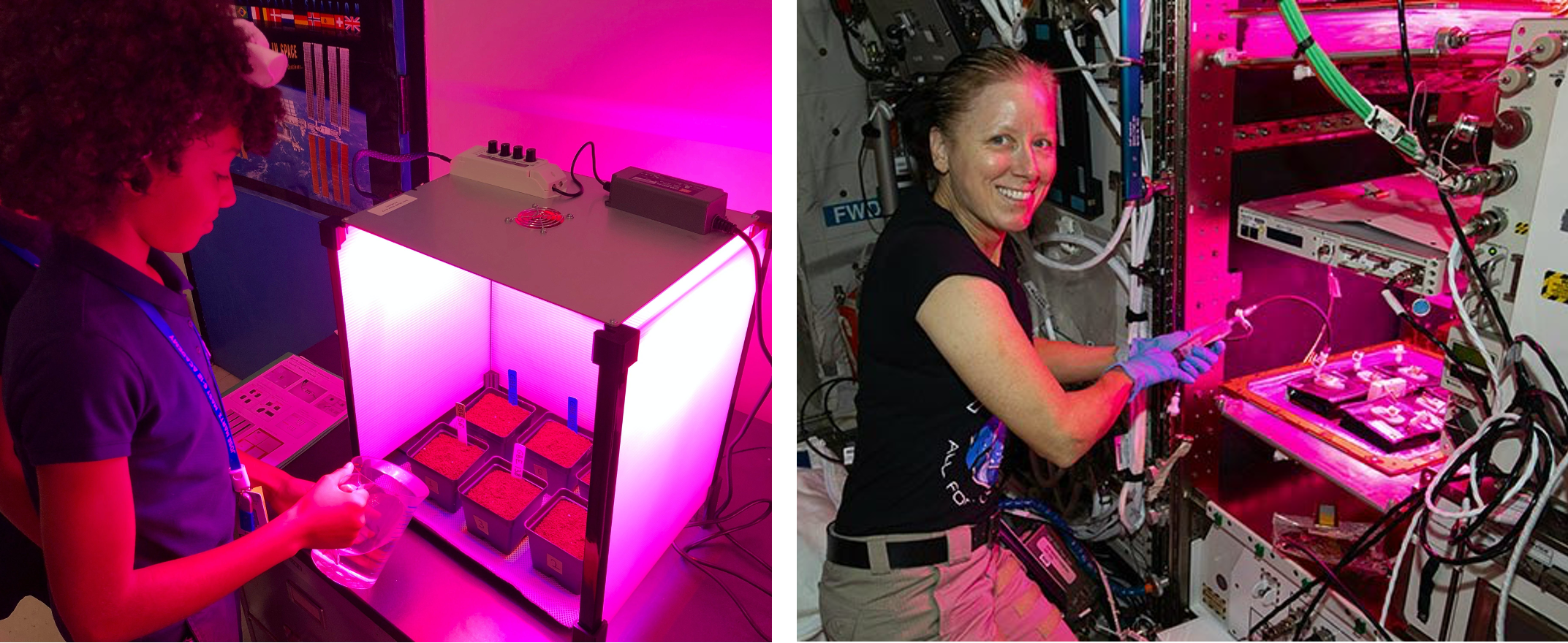
Learn More
Growing Beyond Earth student teams have helped select 5 of the 20 species that have been tested as food crops on the International Space Station (ISS)! An additional 30 plant candidates grown by students are undergoing final testing at the Kennedy Space Center for suitability to the ISS. In the project’s seventh year, more than 40,000 middle and high school students and their teachers nationwide tested 250 varieties of edible plants for NASA.

